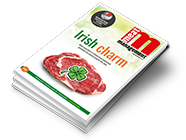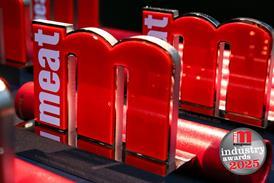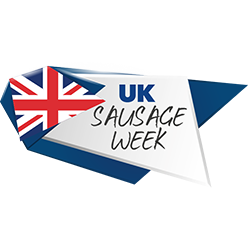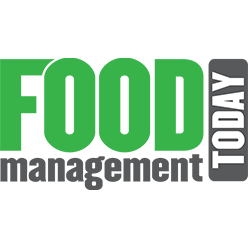Research from Worldpanel by Numerator has revealed the impact of “soaring” beef price inflation on retail demand.
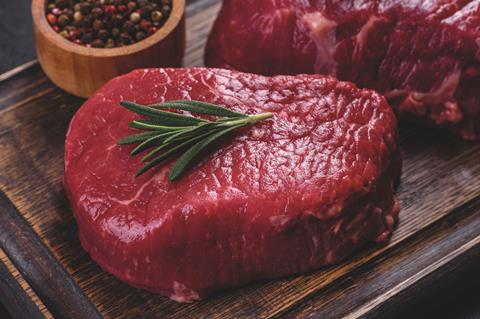
Beef and veal inflation was 24.9% in August 2025, according to the Office for National Statistics (ONS) data, driven by a constrained supply. To estimate the impact that further inflation rises could have on beef volumes, the Agriculture and Horticulture Development Board (AHDB) and Quality Meat Scotland (QMS) jointly funded research into the market from Worldpanel by Numerator.
Declining beef retail volume
According to the research, average price per volume for total beef in retail has increased 15% year-on-year, which is the highest increase seen in the last two years and has resulted in a -7.5% volume decline, equivalent to -9,460 tonnes (Worldpanel by Numerator UK, 12 w/e 10th August 2025).
As reported by AHDB, alongside rising average prices, shares of volumes sold on promotion for total beef have declined by 5.6% year-on-year, which, it stated, indicates that consumers have less opportunity to manage their spend through promotions and some are switching to discounter stores to help manage their spend, with discounters seeing a slower decline in total beef volumes at -5.4% year-on-year.
Changing shopping habits
The Worldpanel research shows that frozen beef, which typically has a lower average price per kg than chilled beef, is showing “modest volume growth”, at 0.1%, which according to AHDB suggests that “consumers are starting to turn to frozen offerings to manage their spend”. Frozen volumes for beef burgers have grown by 8.8%, in contrast to chilled volumes, which have declined by 12.9%, with the average price per kg at £7.59 and £9.49, respectively.
Beef mince showed a 26.3% increase in average price per volume, with a corresponding decline in volume of 6.5% over the period. AHDB stated that trends over the past five months “suggest that shopper behaviour has changed as inflation has increased”, adding that in May and June, beef mince was losing shoppers in favour of cheaper proteins, and in July and August, those shoppers that remained were seen to buy less volume of beef mince in an attempt to “stretch the volume further in their everyday meals”.
In August, the majority of switching from beef mince went to primary chicken, however, there was also a rise in switching to pork mince. Economy-tier beef mince, which accounts for 4.9% of total beef mince, showed volume growth of 4%, which, said AHDB, suggests that “consumers are prepared to down trade tiers to help manage their spend”.
For beef steak, the data for the latest period shows a 23% increase in the average price per volume to £21.49, with a corresponding decline in volume of 12.8%. For roasting joints, the data shows a 15.6% increase in average price per volume and a corresponding 25.7% decline in volume, with consumers switching predominantly to primary chicken, whole chickens or chicken breasts/wings/legs/thighs.
AHDB said that this “potentially suggests that some consumers retain the need for a roast meal utilising whole chickens, while other consumers are changing not only the protein they consume but the type of meals they are preparing”.
